The lur is a horn, modelled in bronze after a number of 3,000-year-old instruments discovered at various archaeological sites across Scandinavia. Its unrefined yet distinctive sound — penetrating, direct and rough-edged — seems to rise up through the body rather than enter through the ears, like the stirring of a long-forgotten memory. The instrument, whose long neck reaches high above the heads of its players, is the first thing one hears in Jon Leifs’s second Edda oratorio. Two of them intone bare, open fifths, resonating against sustained low notes in the woodwind, rising up through the orchestral texture as it fills out. When the choir enters, they too sing in fifths, lurching from one bare harmony to another, incanting the coming of the Aesir, the Norse Gods. The music is rough and jarring. The world whose creation is being narrated really does sound unready, incomplete.
No one has heard this before, a fact which enhances the grandeur of the moment as well as its curiosity value. In Harpa, Reykjavik’s shiny harbour-side concert hall, the main auditorium is packed with an audience of young and old Icelanders eager to hear the sound of where they come from, so to speak. Much of Leifs’s postwar career was dedicated to composing three grand oratorios based on the Edda, the Norse creation legends originally written down in the 13th century by the Icelandic poet Snorri Sturluson. Leifs’s idea was that the oratorios would together constitute a kind of national monument in sound, articulating the cultural and national bonds which tie this blasted and volatile northern Atlantic rock to the people who walk on it. He knew Wagner’s Ring cycle, of course, but considered it too romanticised. Iceland, according to Leifs, needed its own national creation myth to be set in music that was entirely Iceland’s own.
The idea of individual composers creating a musical language capable of expressing an entire nation’s identity is familiar to anyone who has studied the history of music. Ask any Norwegian about Grieg, or Finn about Sibelius, they won’t tell you whether they like the music but about how it’s simply a part of who they are. The phenomenon, however, is essentially a 19th-century one, bound up with national romanticism and its entwinement with the birth and expansion of modern nation states before the first world war. Leifs, born in 1899, came rather late to the game. But, then again, so did Iceland.
Leifs’s ambition to serve as his country’s national musical figurehead in fact originated while he was living in Germany, where he moved in 1916 to study piano and composition (with Busoni). His subsequent German career was moderately successful, but he gained new creative momentum from visits back home where he used an Edison phonograph to record locals singing folk songs. Like Dvorak or Bartok, Leifs used the basic elements of what he recorded radically to reshape his own musical language, eliminating almost all traces of refinement and adopting a jagged melodic style and an unwieldy harmonic system based on progressions of parallel fifths — stylistic elements, in other words, which for centuries musicians have tried to eradicate.
Leifs’s talk of creating a pure Icelandic music played well enough in 1930s Germany, but people were less keen on the resulting music. After the disastrous premiere of his organ concert with the Berlin Philharmonic in 1941, Leifs spent the rest of the war trying to get home. He eventually returned in 1944, via Sweden and a brief period under arrest for suspected Nazi collaborations.
Back home in Iceland, he took the musical scene by force. Quite literally. An irascible and unsympathetic figure, Leifs is still remembered for kicking a radio set to smithereens on board a bus as a protest against Icelandic radio not paying performance rights. Thanks to Leifs, and the performing rights and composers’ societies he founded, established and ran single-handedly, they certainly pay it now. As a musician, however, Leifs’s force of personality proved less fecund. None of the composers of subsequent generations really absorbed his style, and most of his music went unperformed after his death in 1968. It is only recently, following the efforts of the Swedish record label BIS, that pieces such as Geysir and Hekla — two symphonic poems that attempt to translate the Icelandic landscape into music — have gained wider traction.
The Edda oratorios, however, still remained unperformed, largely because until recently Iceland lacked the kind of choral and orchestral institutions capable of performing them. The choral parts are in many respects technically impossible to sing, while the symphony orchestra lacked an auditorium capable of making any sense of the music. While Edda I received its premiere a few years ago, the second part only received its first performance last weekend, as part of the Icelandic Symphony Orchestra’s contribution to Iceland’s centenary celebrations (as a sovereign nation; true independence from Denmark came later in 1944). With the performance in Harpa, a building designed to express the young nation’s burgeoning economic and cultural self-confidence, it became possible to ask whether Leifs’s dreams of providing the country with its music might finally be coming to life some 50 years after his death?
No, not really. Though always invigorating, Leifs’s music is difficult to like at the best of times. And here, where musical primitivism and brute incantation in Old Norse are pretty much the only game in town, if the opening doesn’t grab you then 90 minutes of doing the same thing won’t change much. But as the names of the gods and their virtues go by, in long lists which lack both poetry and drama, there is a sense of liturgical overload which bullies one into feeling awe at its sheer weight. Awestruck certainly captures the response the audience gave the piece, though relief may also have played a part. Even so, Icelanders are much less interested in their creation myths than their tourist office would like us to believe, and their musical scene has on all fronts moved far beyond Leifs and his by definition parochial concerns.
The sense, then, was less one of the rising of a nation’s spirit through its music, than of its indomitable spirit expressing itself through the idiosyncratic creativity of one very forceful individual personality. But perhaps that’s how these things always begin.
Got something to add? Join the discussion and comment below.
Get 10 issues for just $10
Subscribe to The Spectator Australia today for the next 10 magazine issues, plus full online access, for just $10.
You might disagree with half of it, but you’ll enjoy reading all of it. Try your first month for free, then just $2 a week for the remainder of your first year.

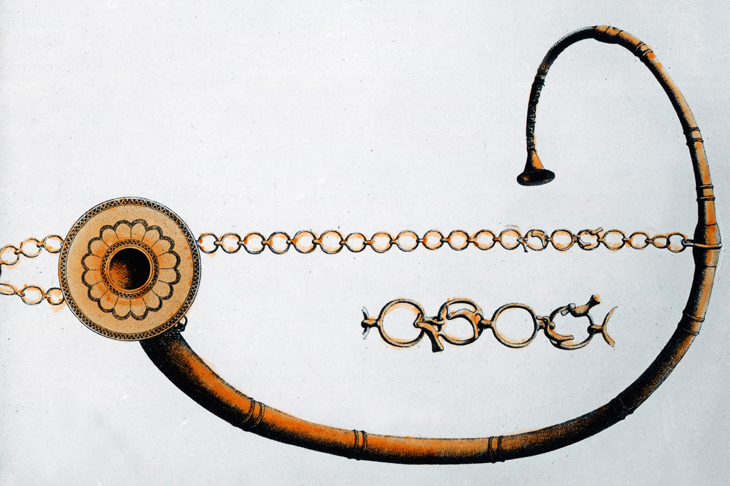
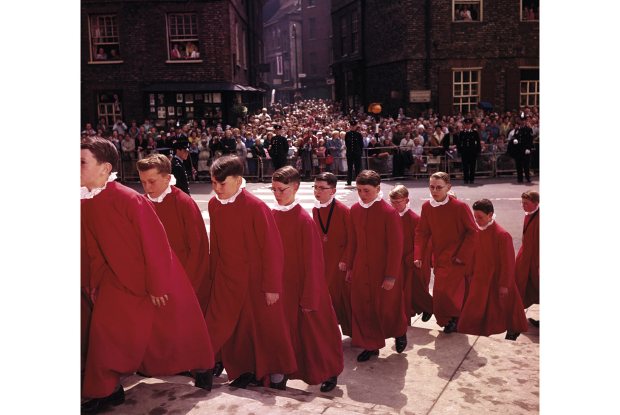
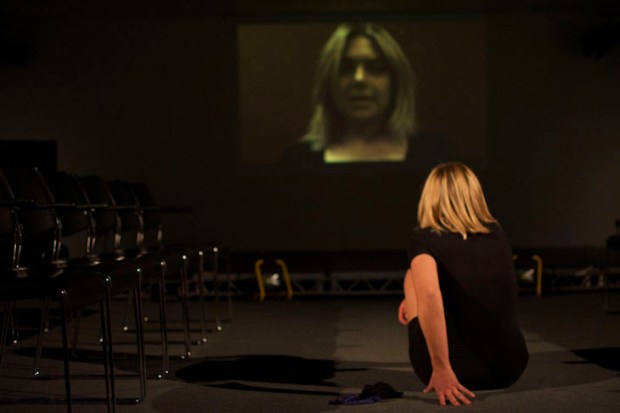
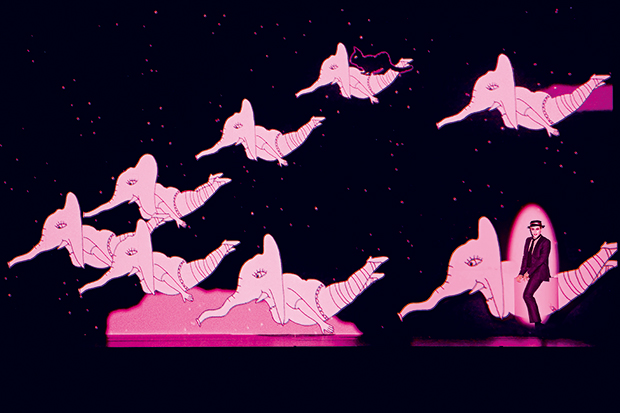

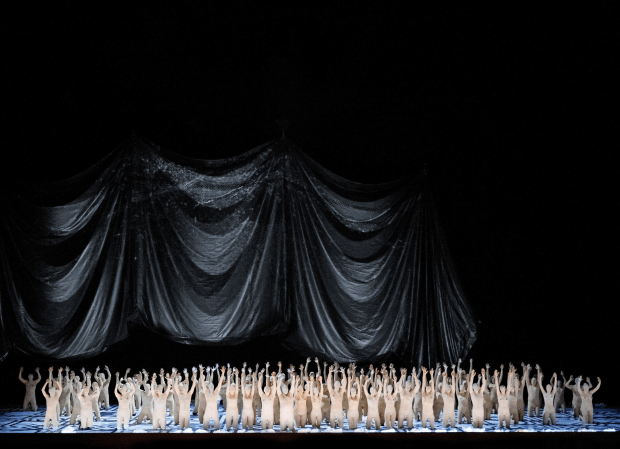
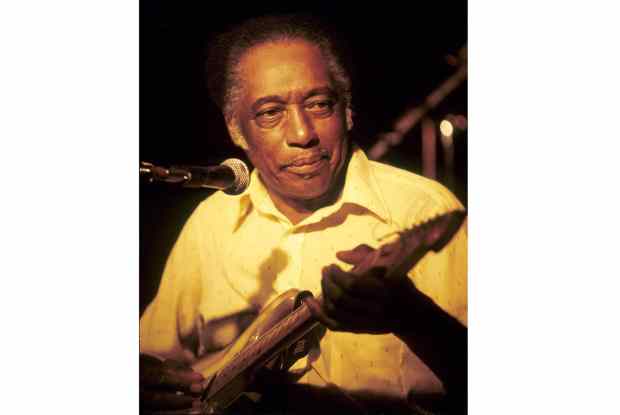






Comments
Don't miss out
Join the conversation with other Spectator Australia readers. Subscribe to leave a comment.
SUBSCRIBEAlready a subscriber? Log in